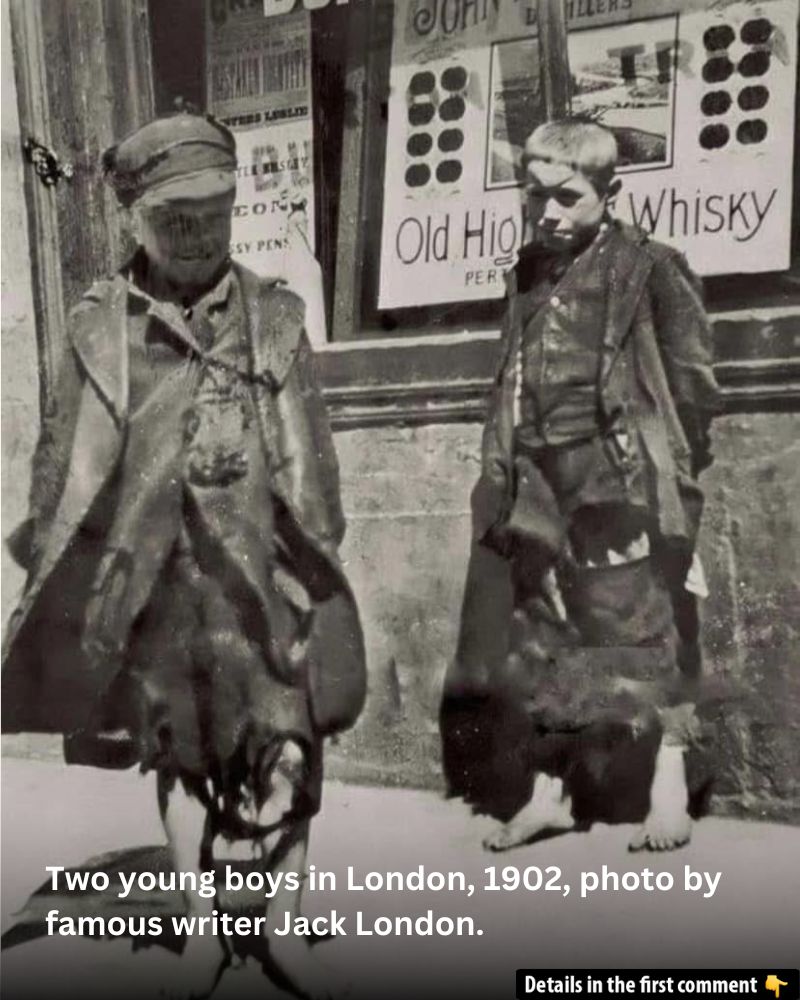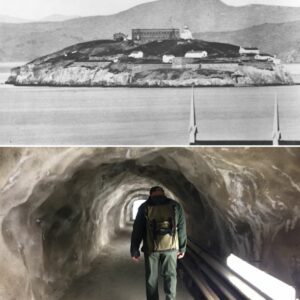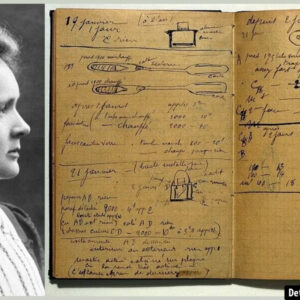Many people know Jack London as the author of classic novels like The Call of the Wild and White Fang, but few are aware of his talent as a photographer and his exploration into social issues through the lens of a camera. In 1902, during a visit to London, Jack London embarked on a project that would capture the stark realities of life in the city’s East End. This venture into photojournalism not only documented the lives of the working-class poor but also offered a unique, first-hand perspective into the conditions that many people endured daily. His work would later help shape the narrative of poverty and urban hardship in the early 20th century.
The Struggles of the Working-Class Poor in London’s East End
The East End of London in the early 1900s was a stark contrast to the wealth and opulence seen in the heart of the city. Sprawling slums, overcrowded living conditions, and widespread poverty were everyday realities for the 500,000 residents who called it home. Jack London, in his book The People of the Abyss, offered a powerful portrayal of the working-class poor who lived in districts like Whitechapel, Spitalfields, and Bethnal Green. Through his photography, he captured the human toll of industrialization, a society driven by the ambitions of the wealthy, while ignoring the suffering of the lower classes.
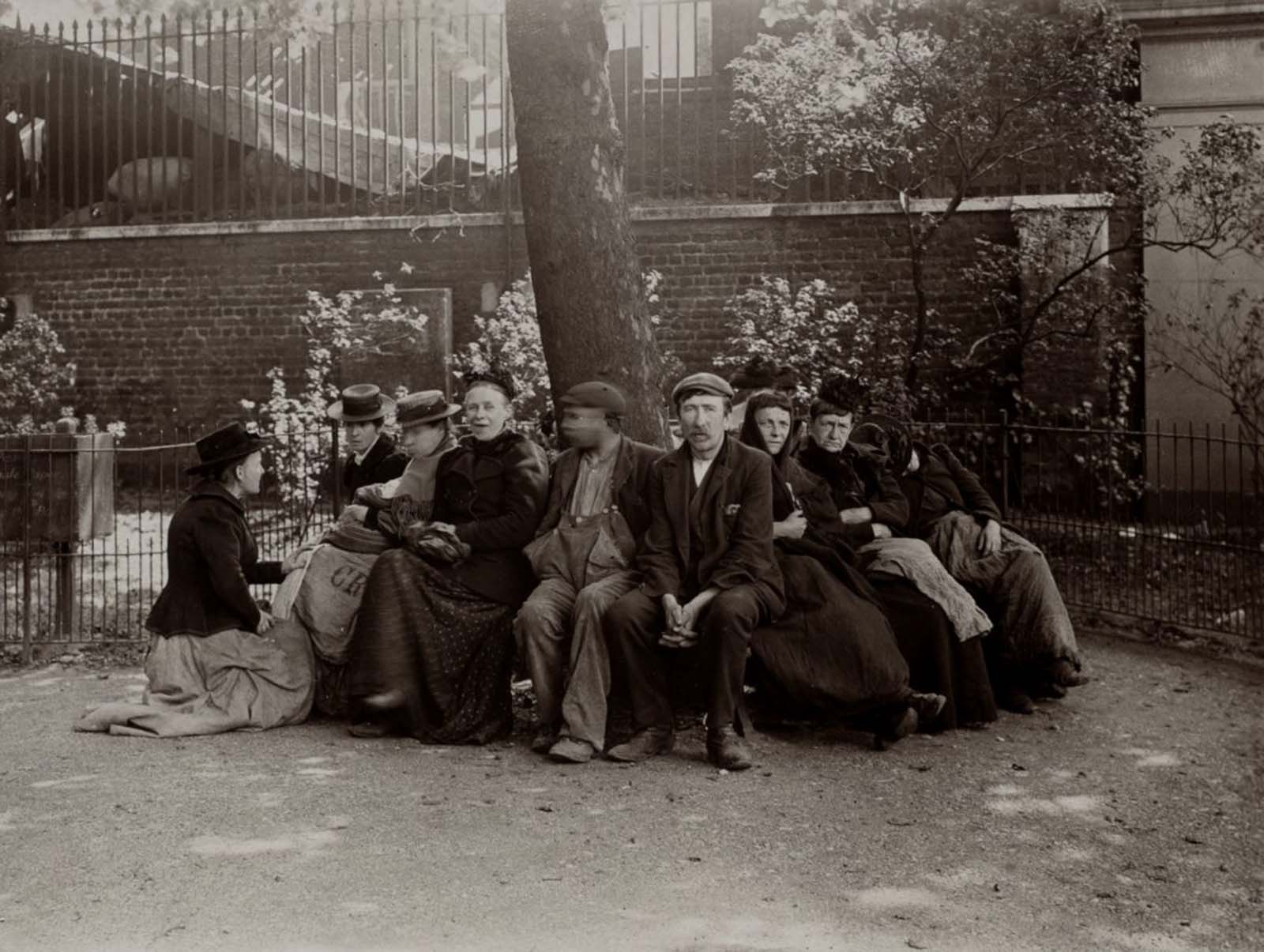
Despite the promise of progress and prosperity, the East End was a place where survival was a daily struggle. Jack London’s photos of alleyways, workhouses, and street corners reveal the starkness of this reality. His lens captured children playing in dirt, homeless men huddled together, and the downtrodden workers who had little hope of improving their lives. These images were more than just pictures; they were a testament to the social inequality that was rampant in Victorian and Edwardian London.
Video
Watch Wonderful Old London Around 1900 in Colour! [AI Enhanced and Colourized] to experience a vibrant, colorized look at historic London. A stunning view of the past!
Disguising Himself: Jack London’s Immersion in the Lives of the Poor
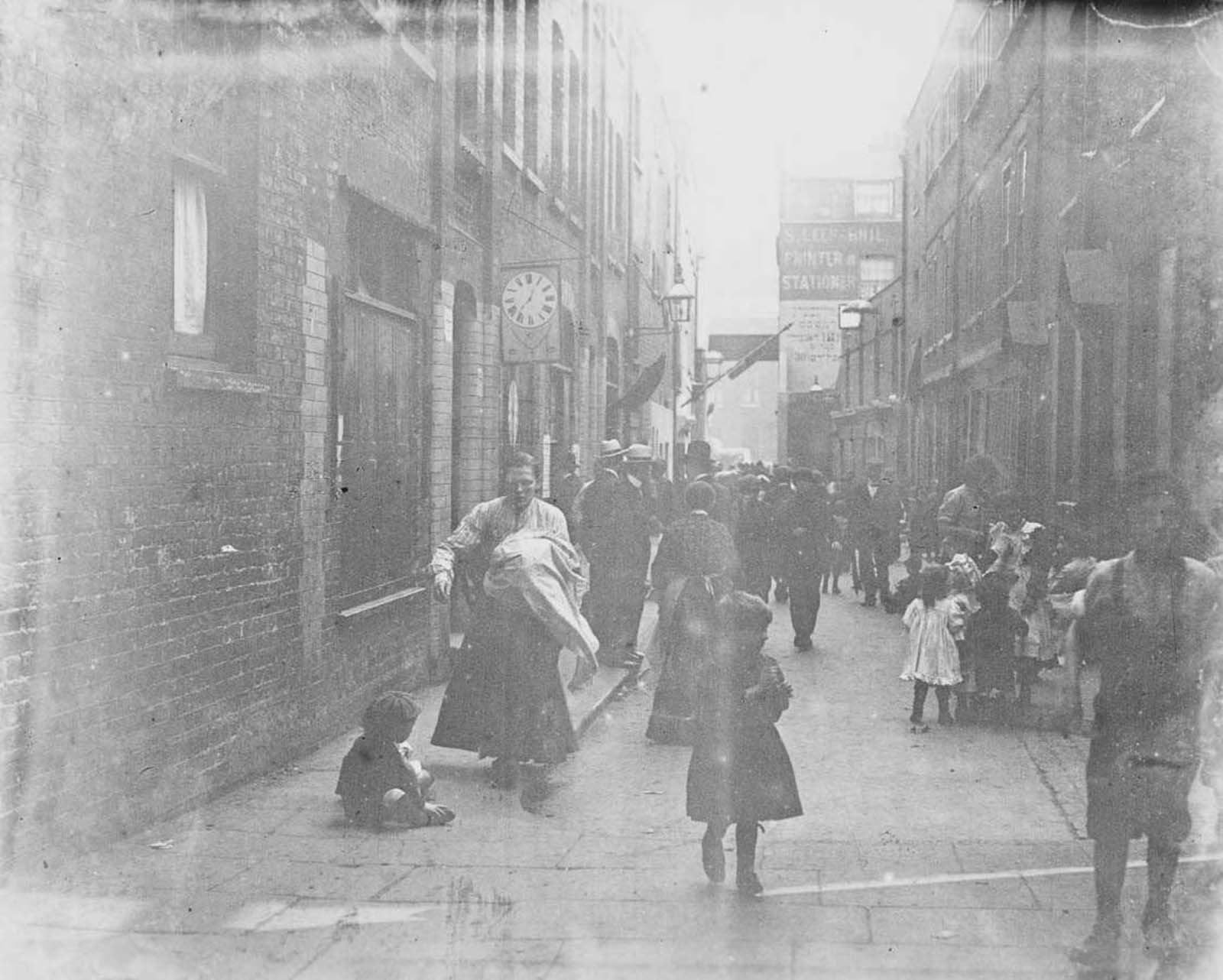
To truly understand the plight of the poor in London, Jack London didn’t just observe from the sidelines. He immersed himself in their world. Disguising himself as an American sailor who had fallen on hard times, London blended into the crowd of impoverished workers, experiencing life on the streets of the East End firsthand. This deliberate submersion into their daily lives allowed him to capture more authentic and intimate moments through his camera.
His decision to disguise himself speaks to his commitment to seeing the world through the eyes of the poor, not just as an outsider with a camera. By becoming part of the East End’s underbelly, London gained a deeper understanding of the hardship faced by those struggling to survive. His photos, some of which show people performing menial labor or facing the harsh reality of homelessness, reveal a side of London that few outsiders ever witnessed.
Inside the Workhouses: A First-Hand Experience of Dehumanizing Poverty
One of the most haunting experiences Jack London had during his time in the East End was his stay in a workhouse. These institutions, intended to house the destitute, were notorious for their abysmal conditions. London, ever the journalist, captured the heart-wrenching scenes inside these places where the elderly, sick, and disabled were left to fend for themselves. The photographs show the faces of those who were given a meager existence, treated with contempt by a society that had little concern for their suffering.
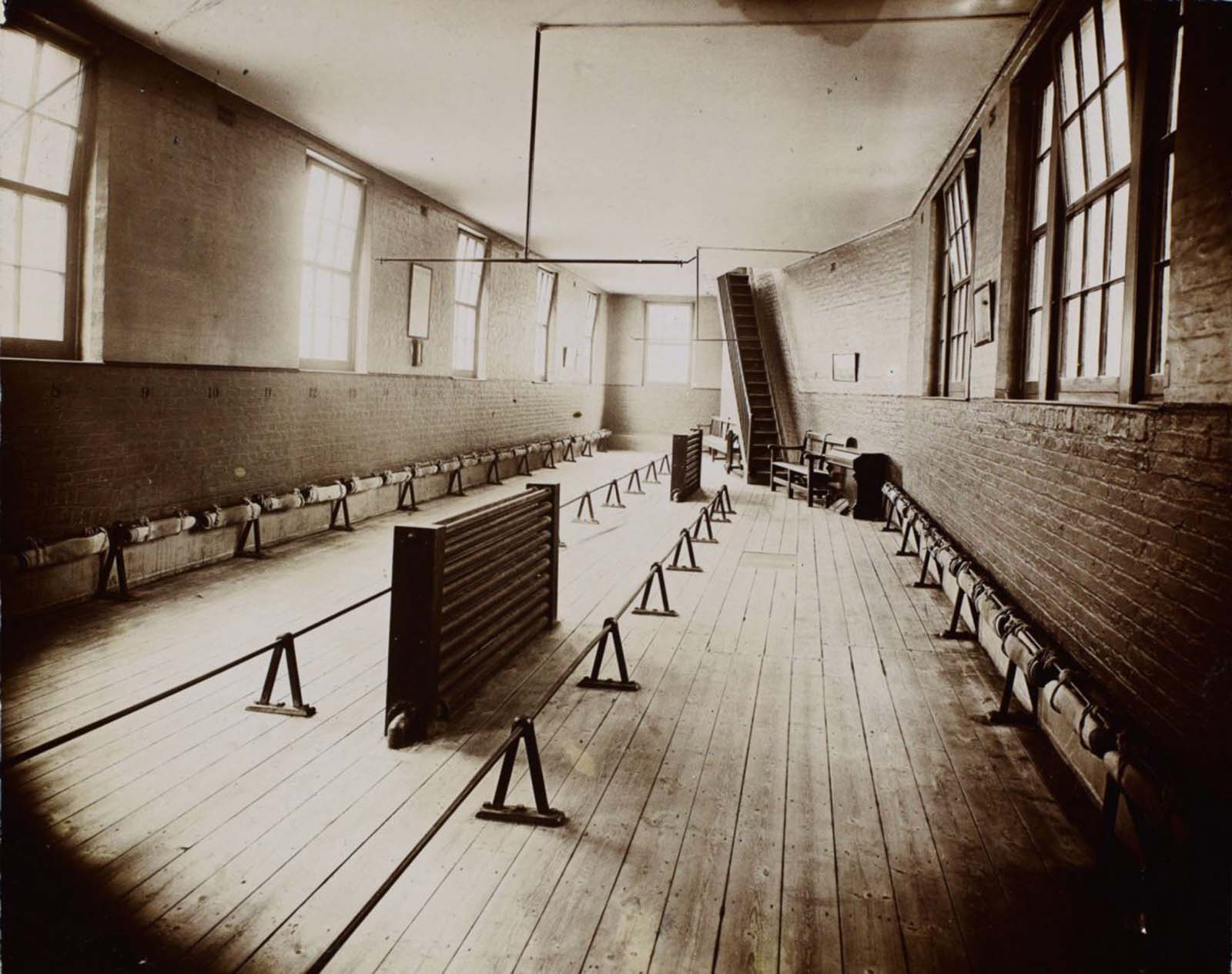
The workhouses were a testament to the harsh reality of Victorian Britain’s social welfare system. In these institutions, workers were forced to do grueling labor, often in appalling conditions. The elderly and ill had no recourse but to live out their lives in the workhouses, enduring not only physical hardship but emotional neglect as well. London’s photos of these places stand as a stark reminder of how a lack of social support can perpetuate cycles of poverty and suffering.
Street Life and Survival: The Struggle for Survival on the Streets of London
For many of the East End’s residents, life on the streets was their only option. Jack London’s photographs of men and women sleeping on park benches, begging for scraps of food, or scavenging through refuse provide an unflinching look at survival in the face of overwhelming adversity. These images show how the working poor had to be resourceful, doing whatever they could to survive in a city that seemed indifferent to their existence.
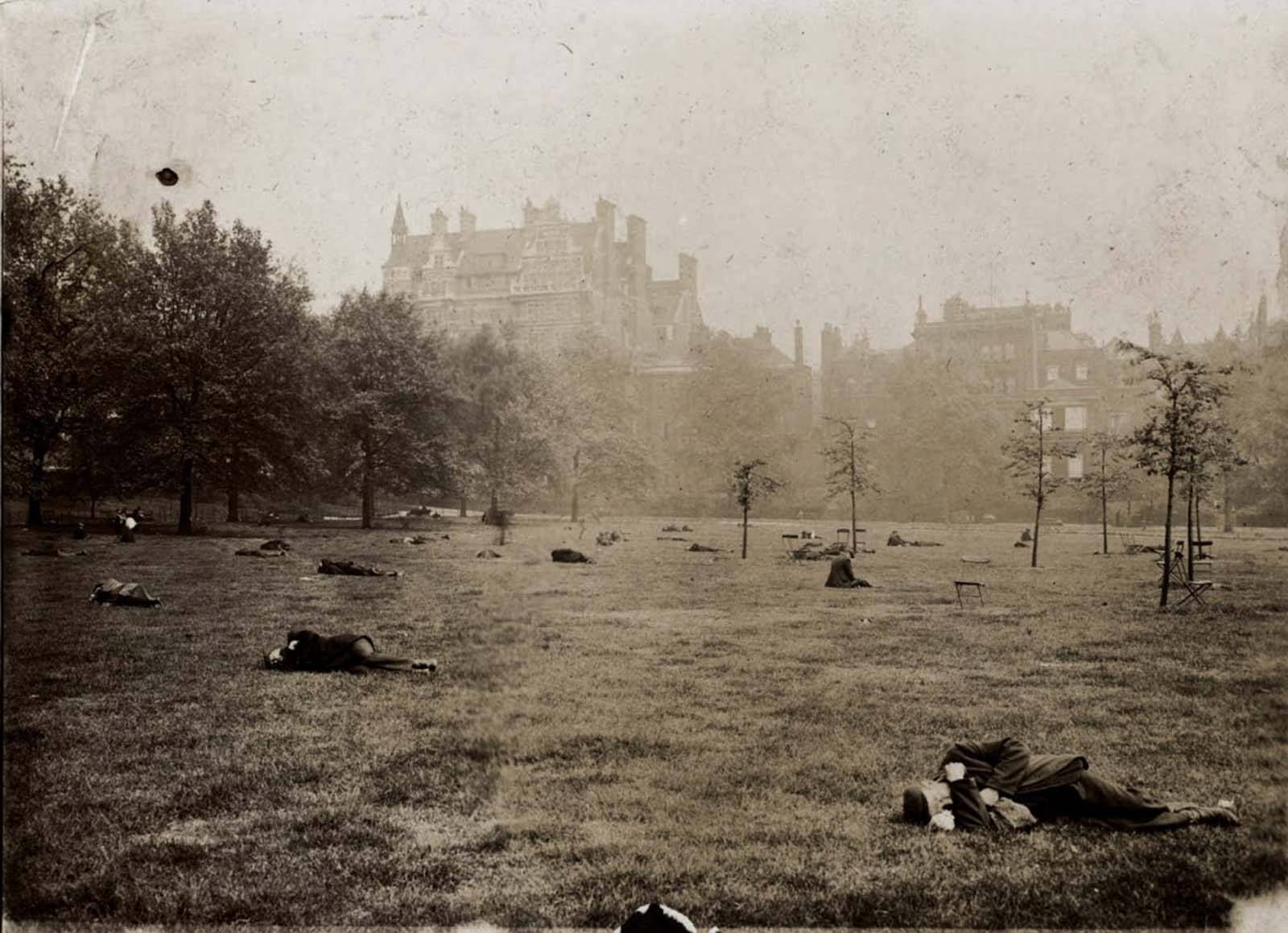
The conditions on the streets of the East End were not just difficult but dangerous. Disease, malnutrition, and exposure were common, and many of London’s subjects appeared emaciated and ill. Yet, despite the hardships, there was also a sense of resilience. The working-class poor, many of whom came from rural areas, had to endure the harsh realities of urban life while holding onto whatever semblance of dignity they could. London’s photographs capture these everyday acts of survival, portraying the strength of the human spirit amidst despair.
The State of Sanitation and Health: A Report from the East End

As Jack London’s photos show, one of the major issues facing the poor in London was the lack of basic sanitation. Overcrowded living conditions in the East End meant that many families shared single toilets and water taps. The unsanitary environment contributed to widespread disease, and life expectancy was low among the working-class poor. One report from the Fabian Society between 1909 and 1913 estimated that one in five children died before their first birthday.
London’s photographs highlight the grim reality of these conditions, with images of crowded tenements and dilapidated housing. The lack of proper sanitation exacerbated the problem of disease, which claimed many lives, particularly among the youngest and most vulnerable members of society. These pictures serve as a reminder of the importance of public health initiatives and the role of government in providing basic services to those in need.
Jack London’s Legacy: The Impact of “The People of the Abyss”
Jack London’s time in the East End of London, documented through his photographs and writings, had a profound impact on public awareness about the plight of the poor. His book The People of the Abyss, published in 1903, was a call to action, urging readers to confront the grim realities of urban poverty and to consider the social structures that perpetuated it. London’s photographs were not merely artistic compositions; they were tools for social change, challenging the public to examine the consequences of unchecked capitalism and social neglect.
London’s work also sparked broader conversations about the role of government and society in addressing poverty. His photos served as a wake-up call to a complacent society, showing the real faces behind the statistics of poverty and urging for reform. Though the East End has since undergone significant transformation, London’s photographic legacy remains an important piece of history, reminding us of the struggles faced by generations before us.
Gallery: Vintage Photographs of London’s East End (1902)
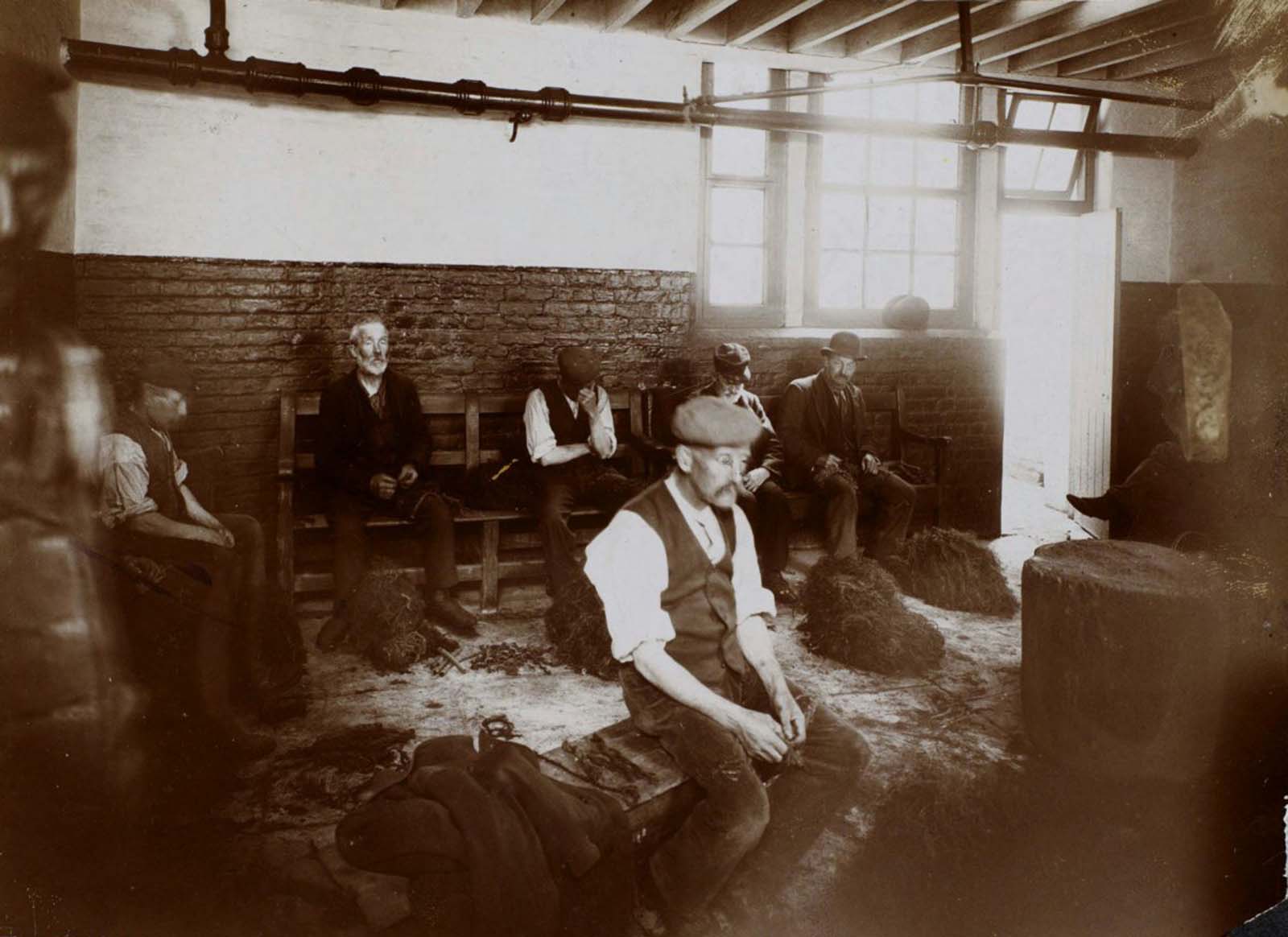
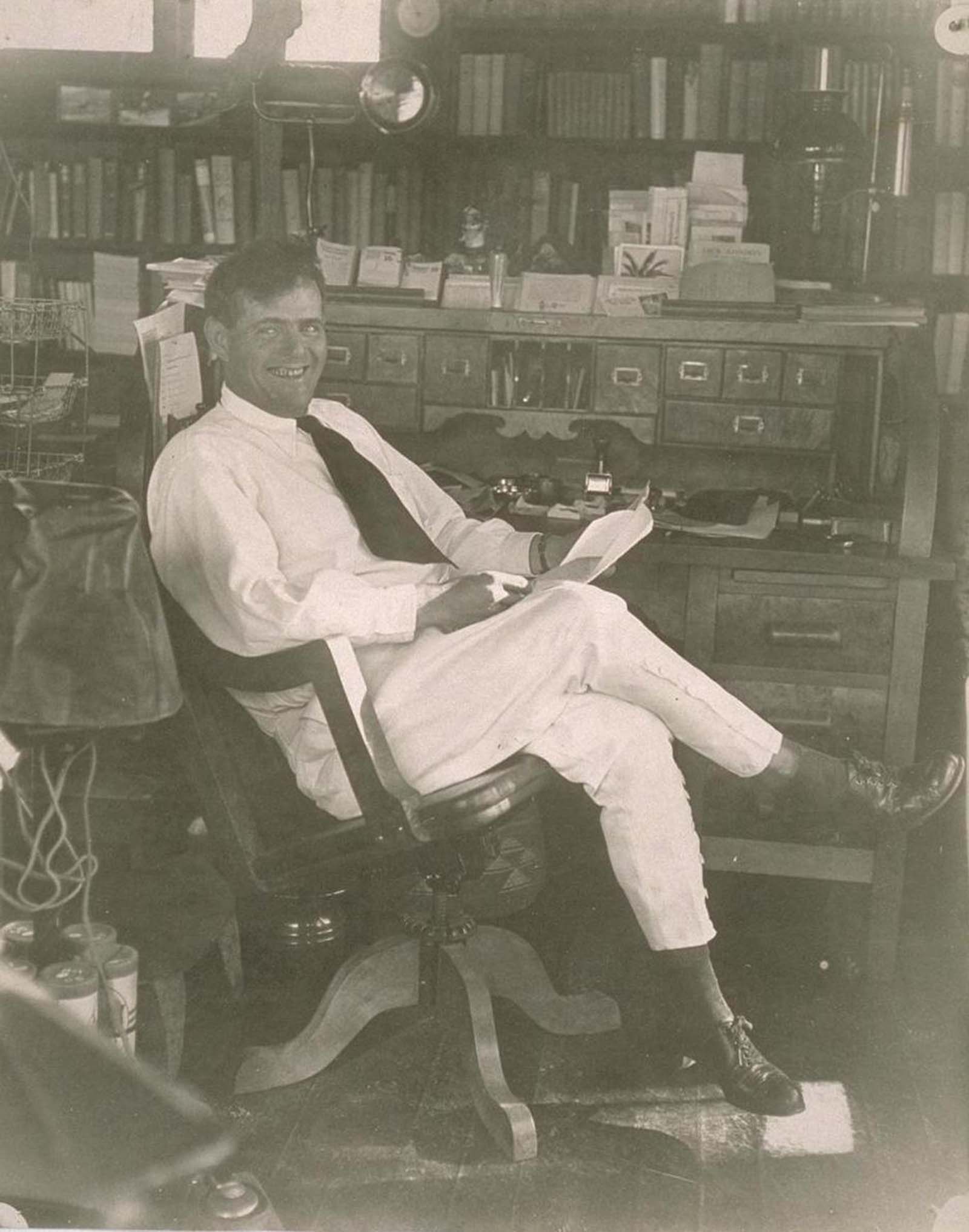
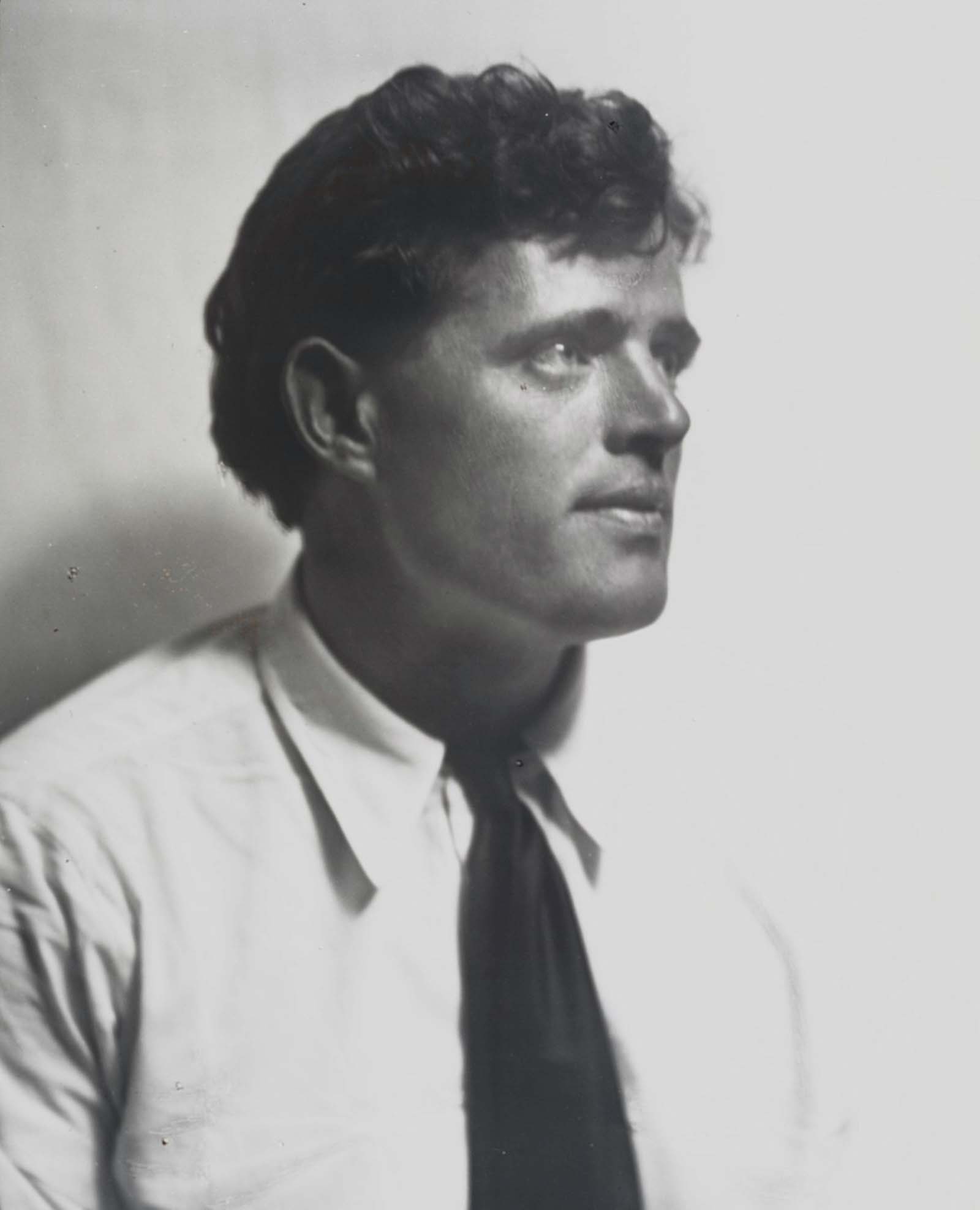
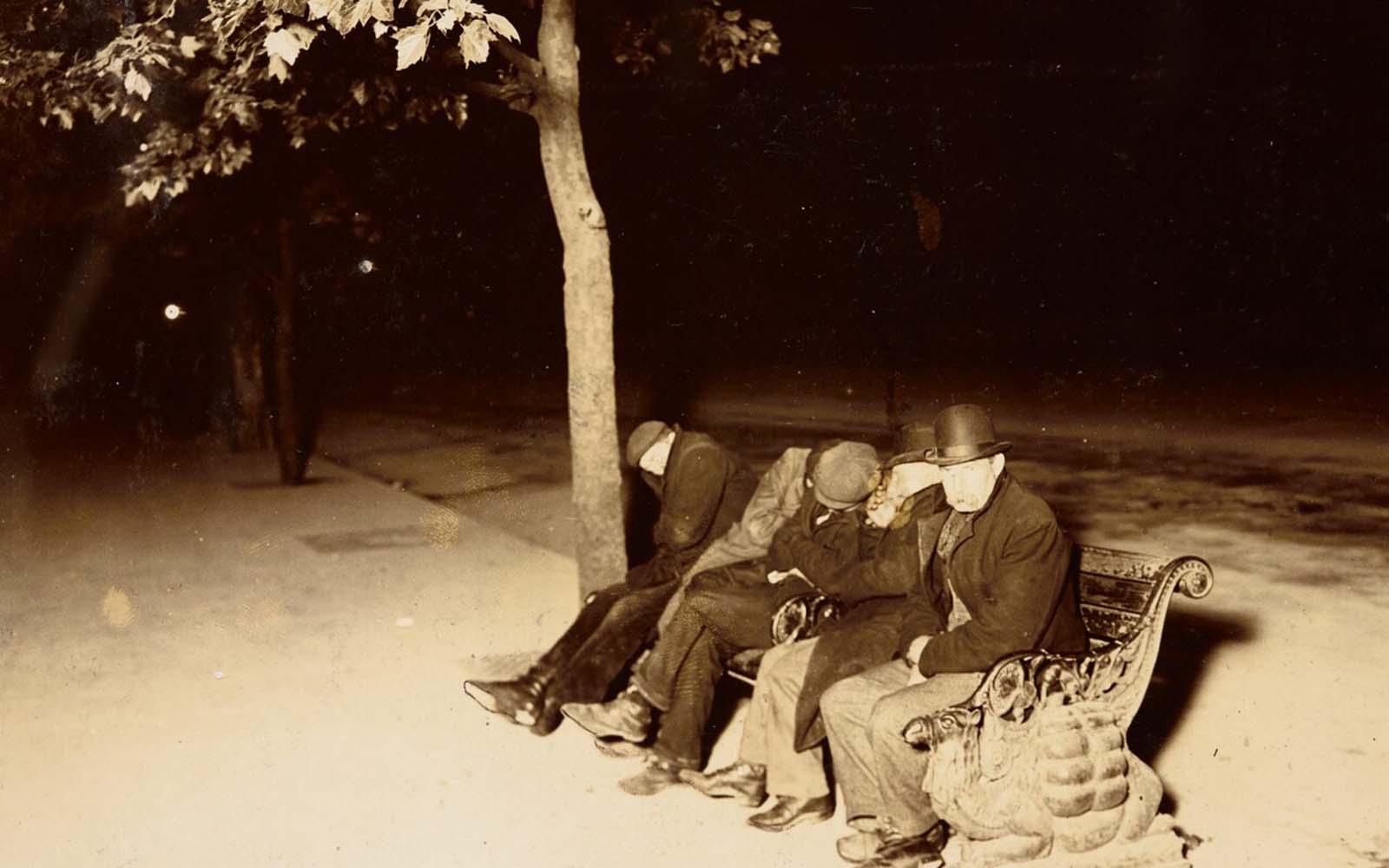
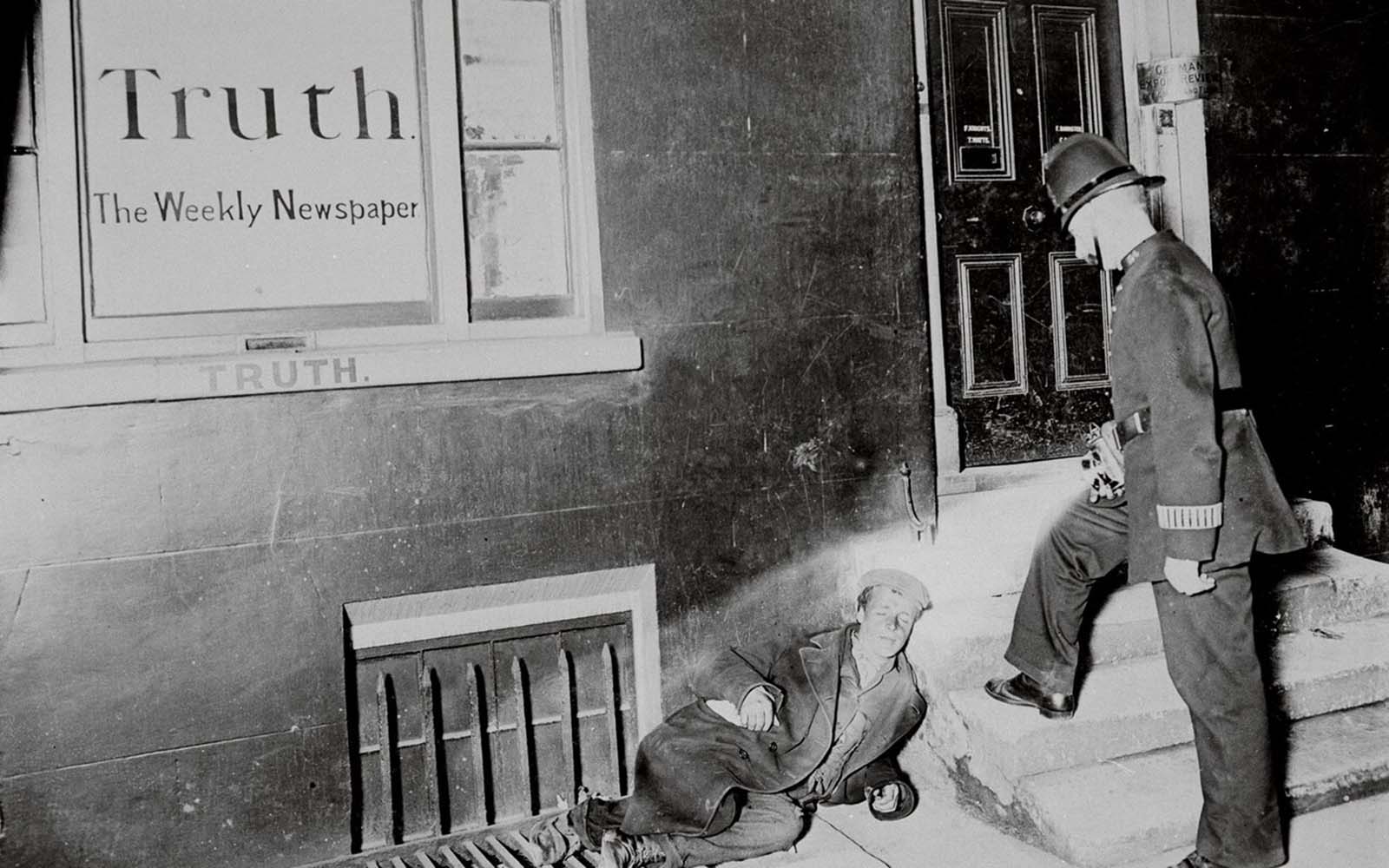
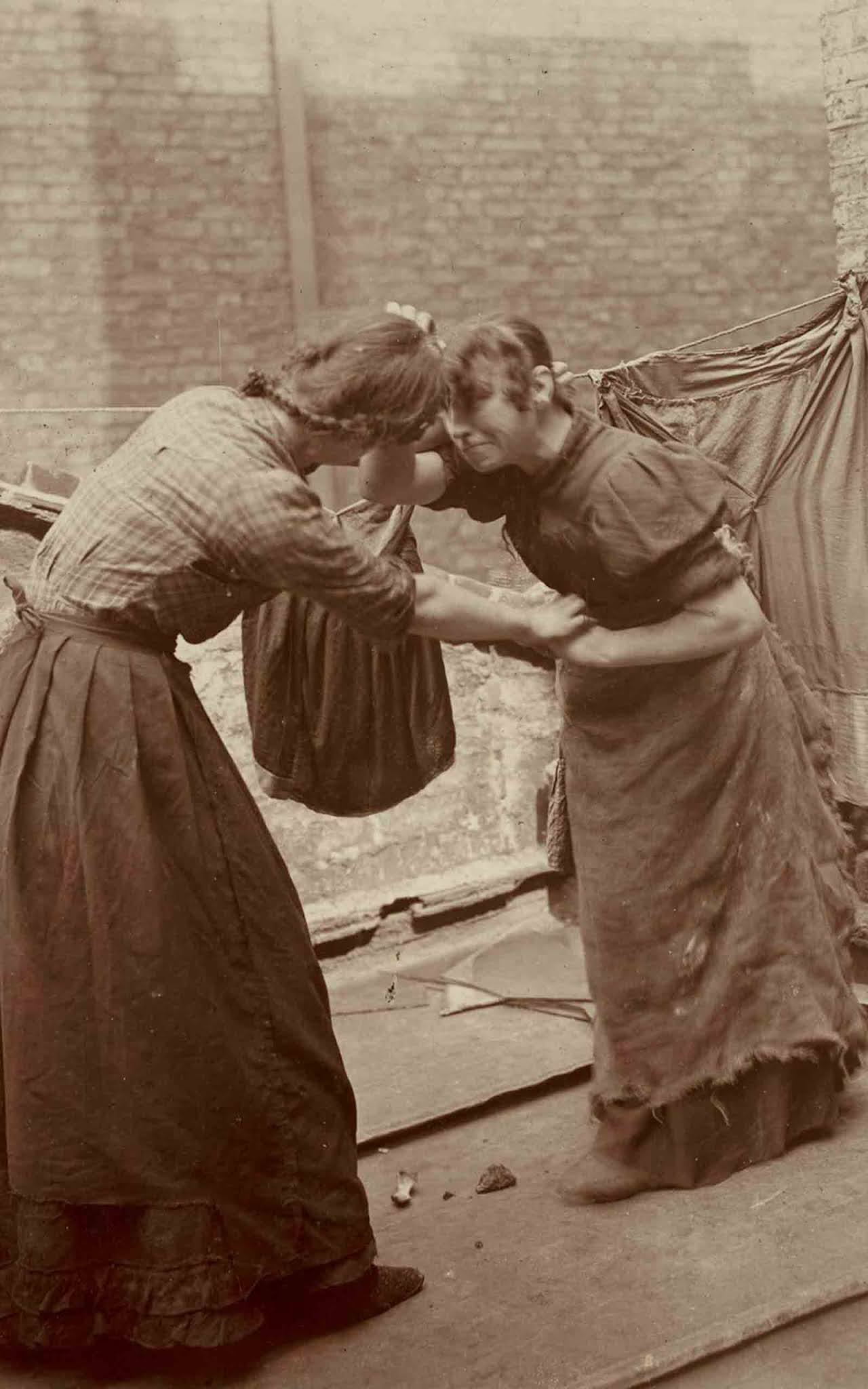

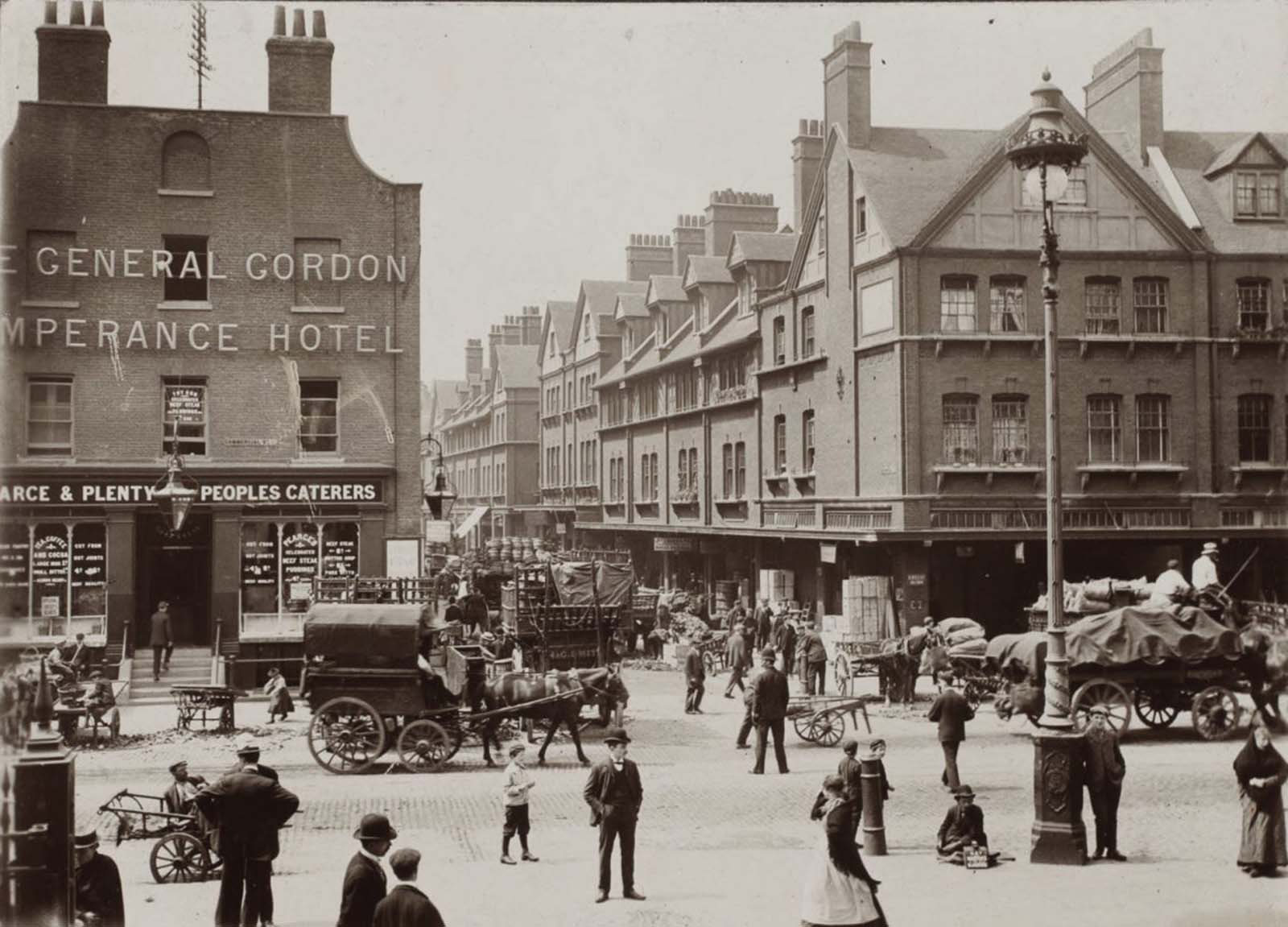
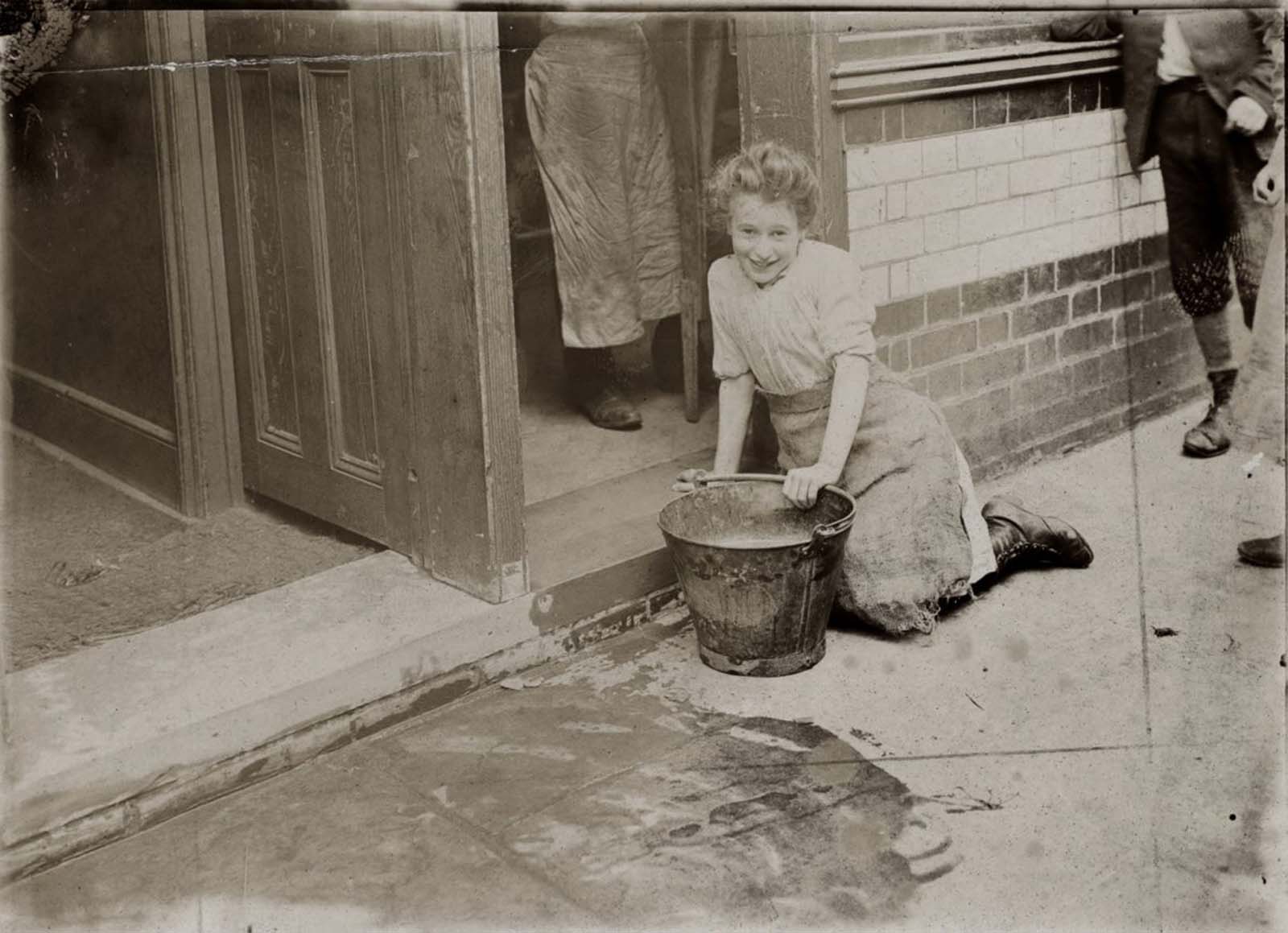
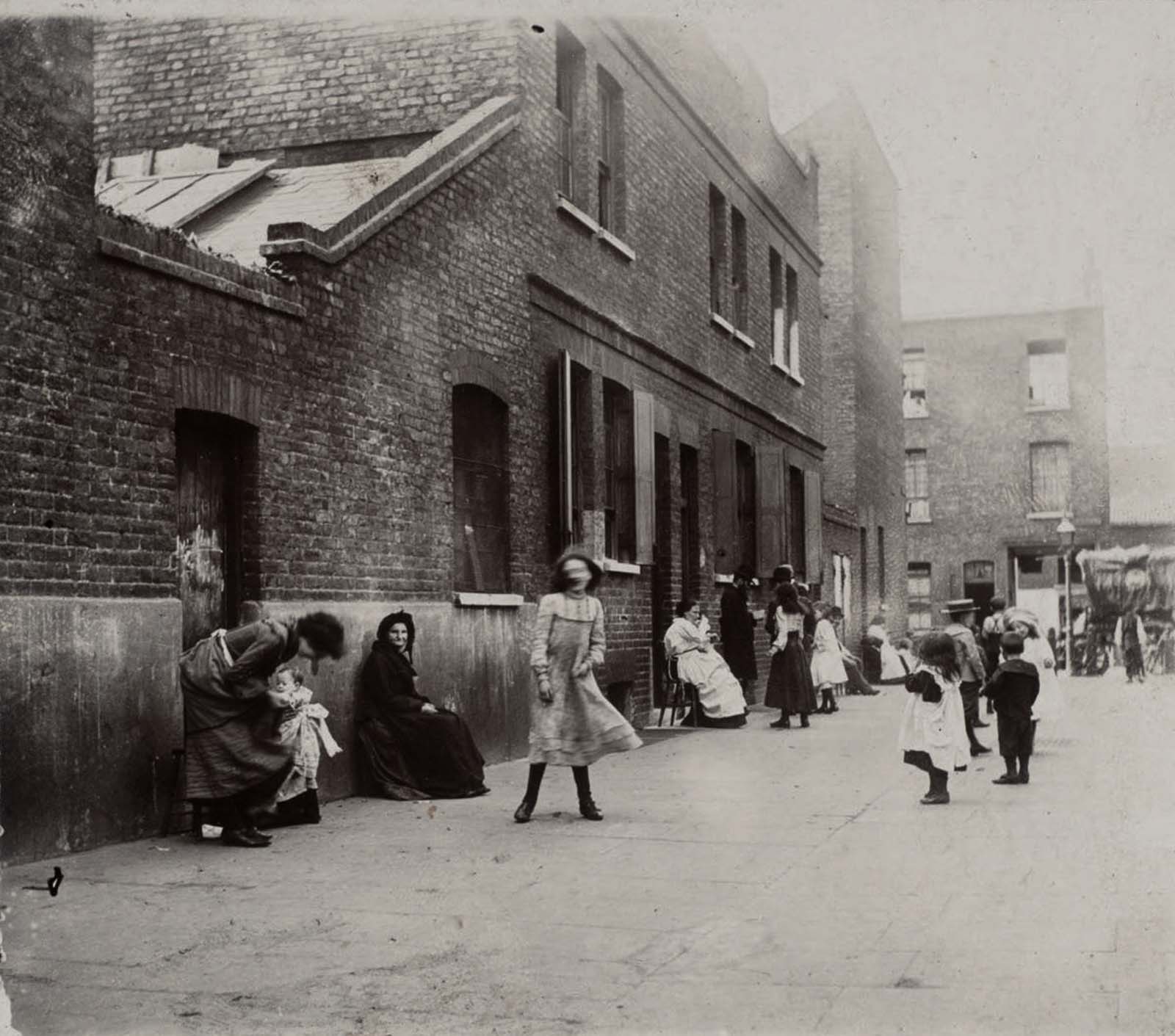
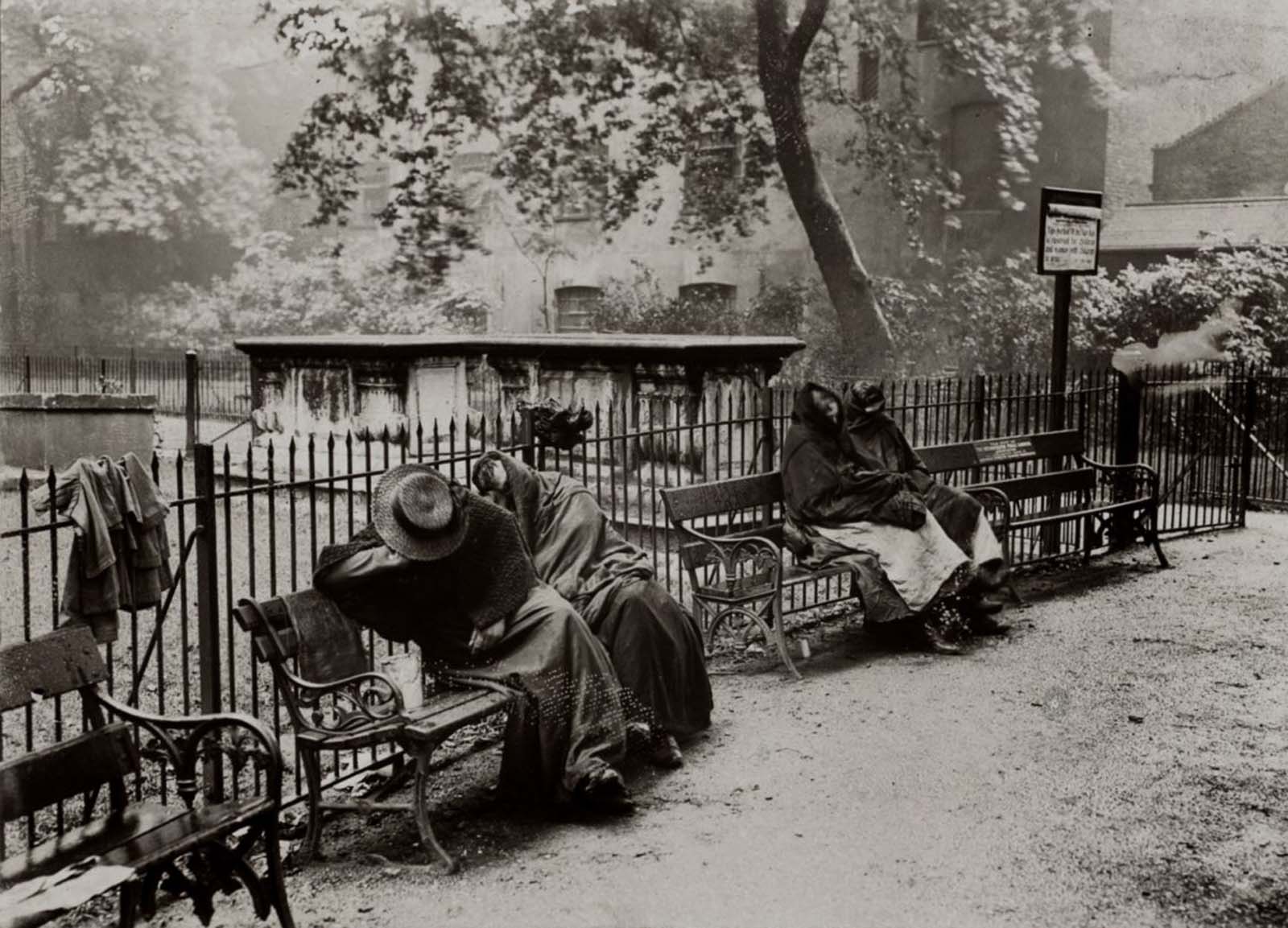
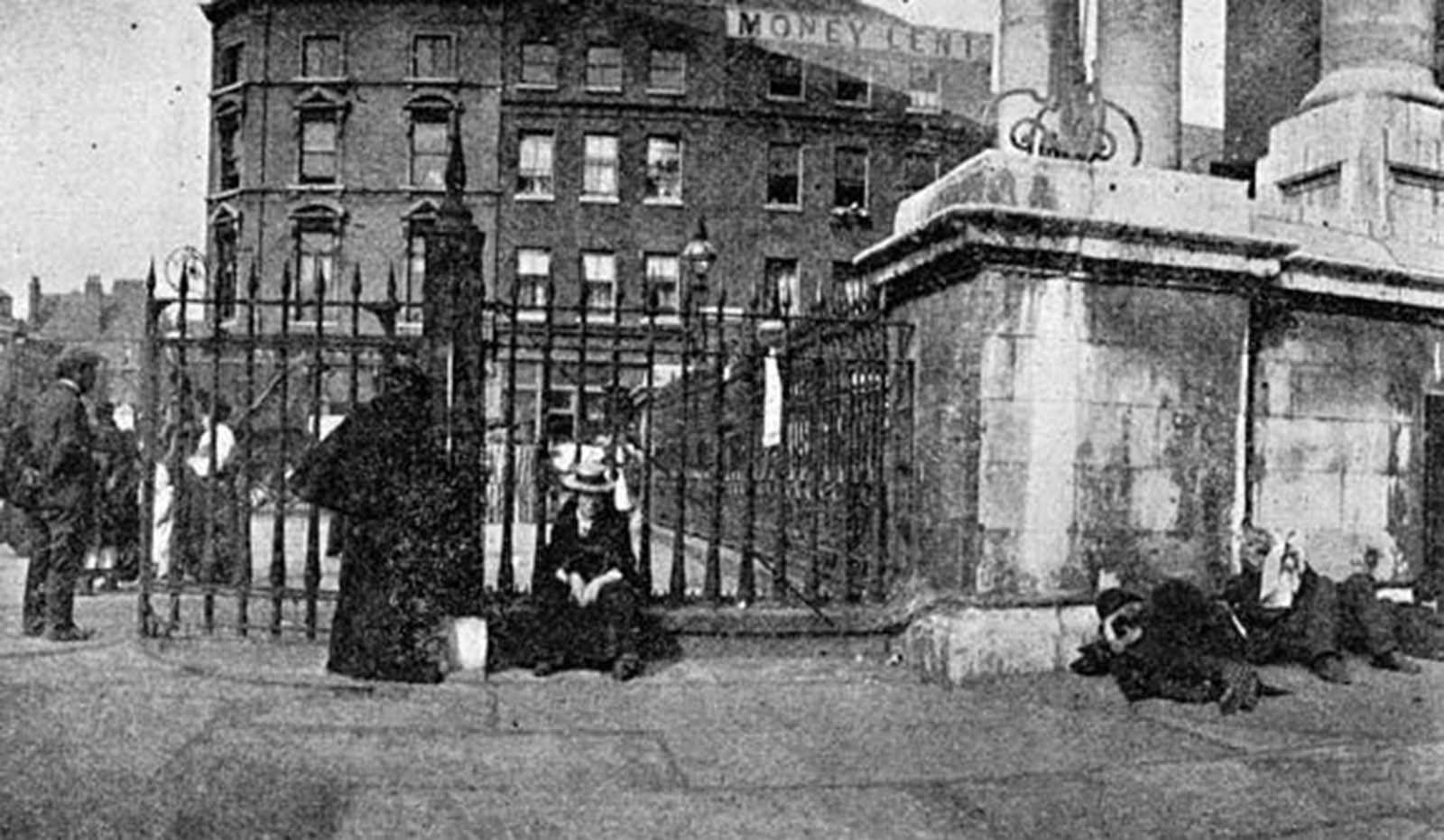

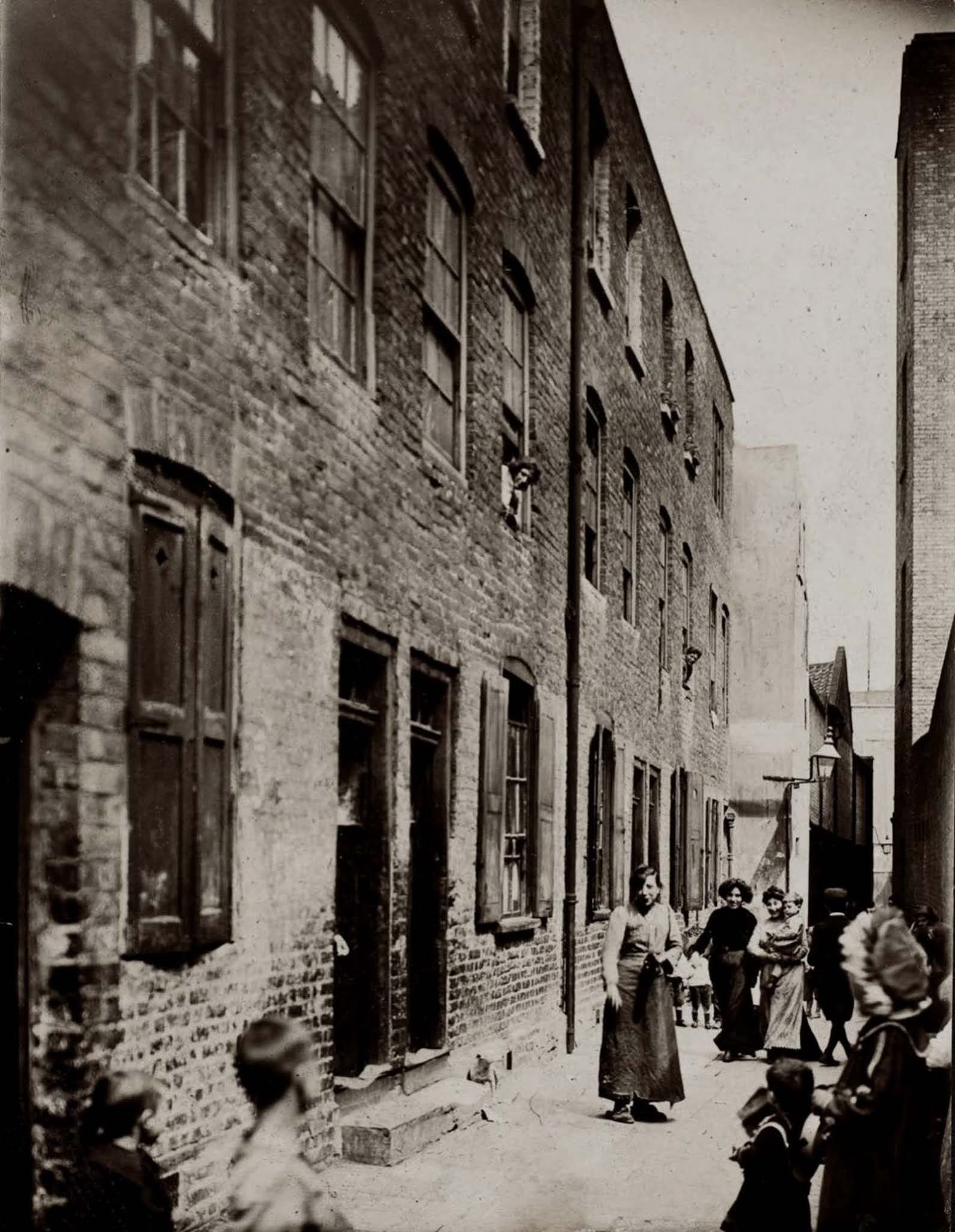

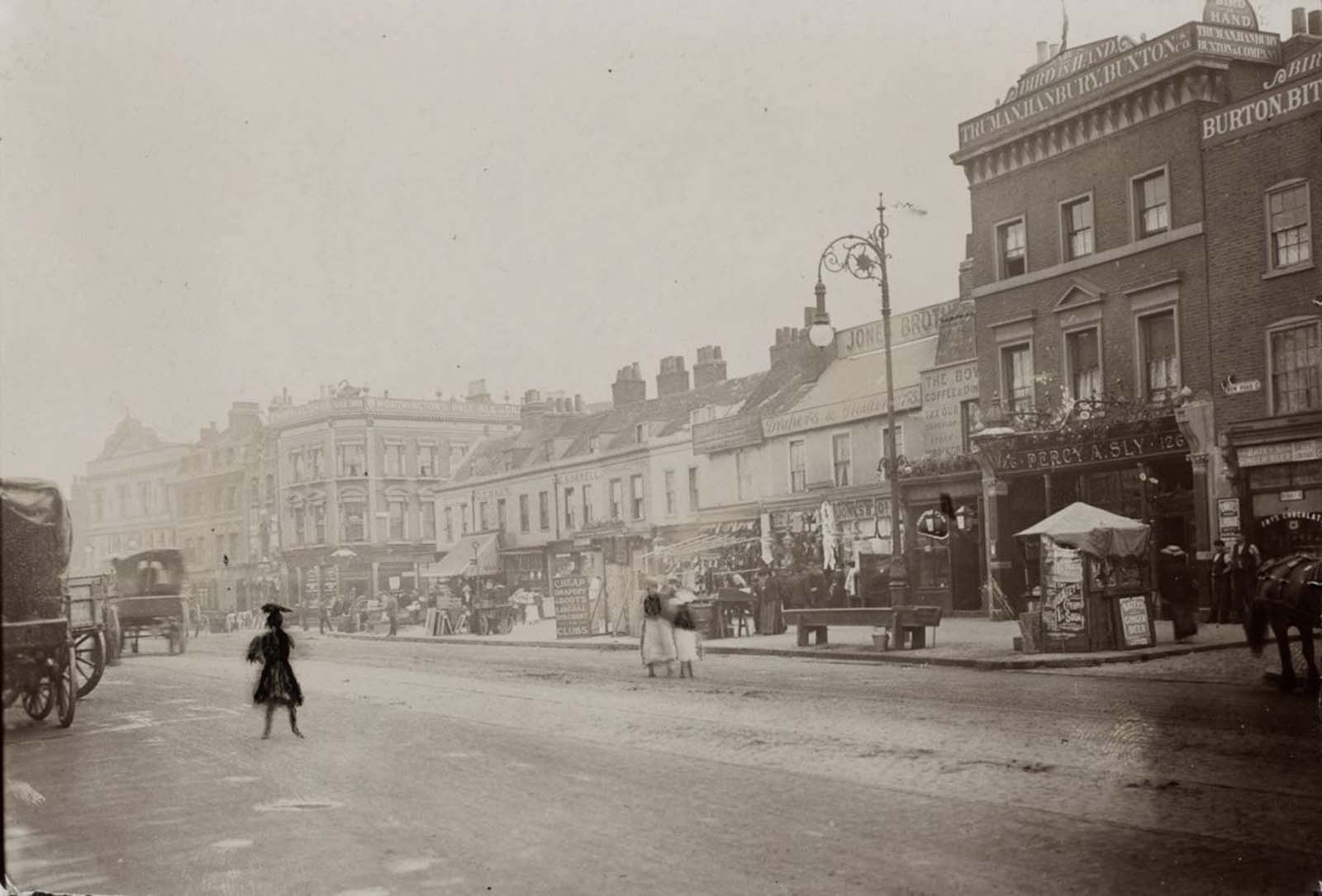
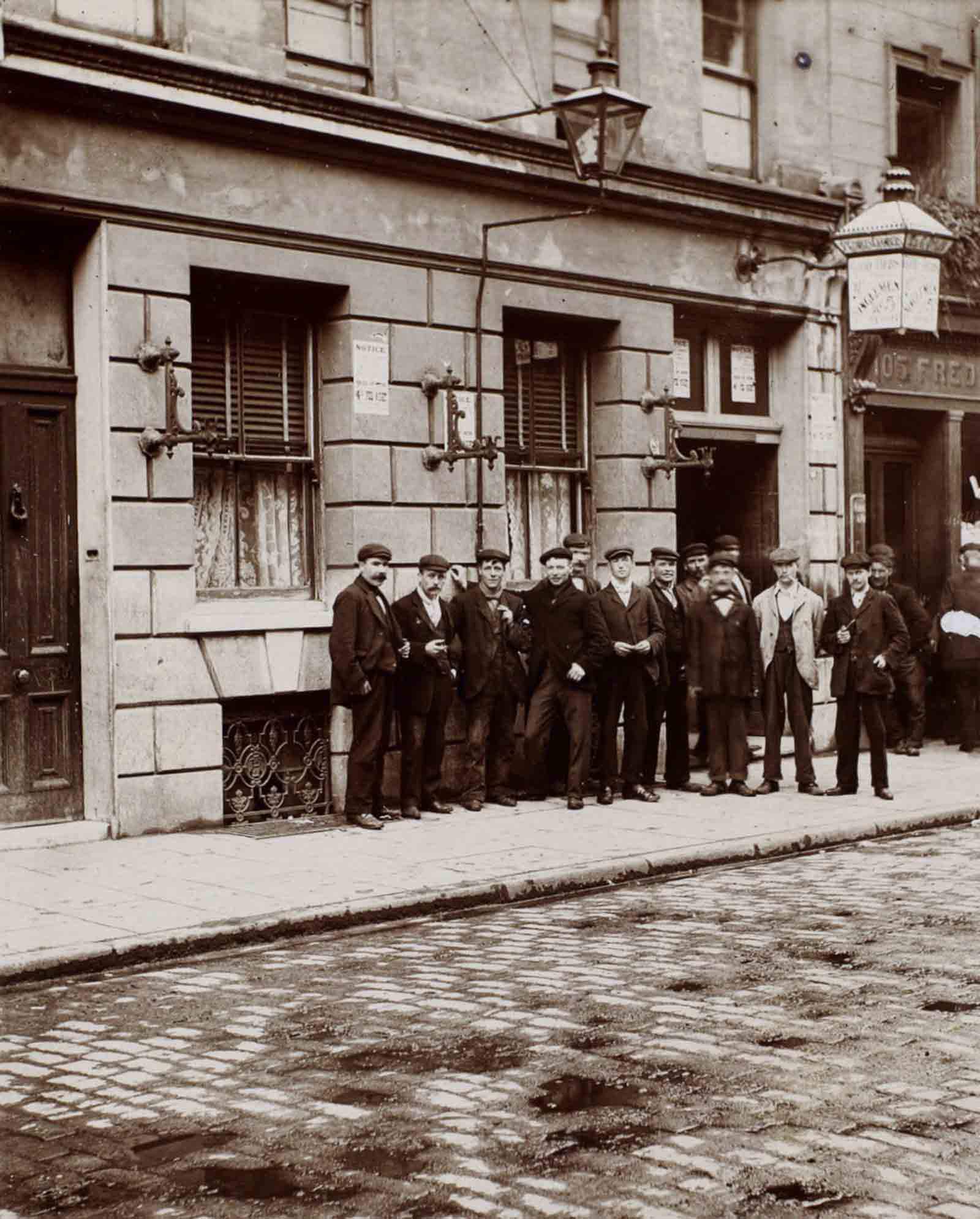

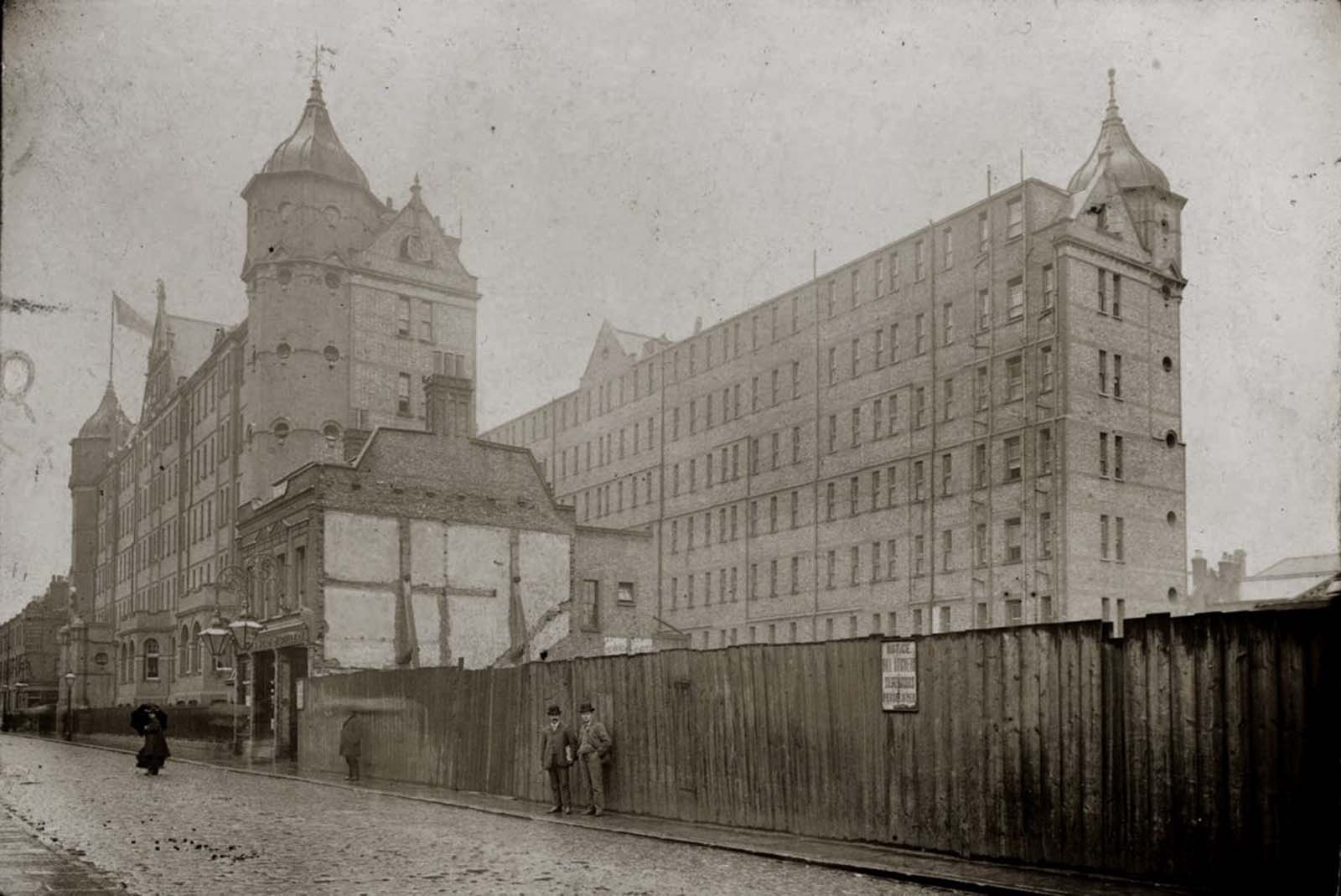
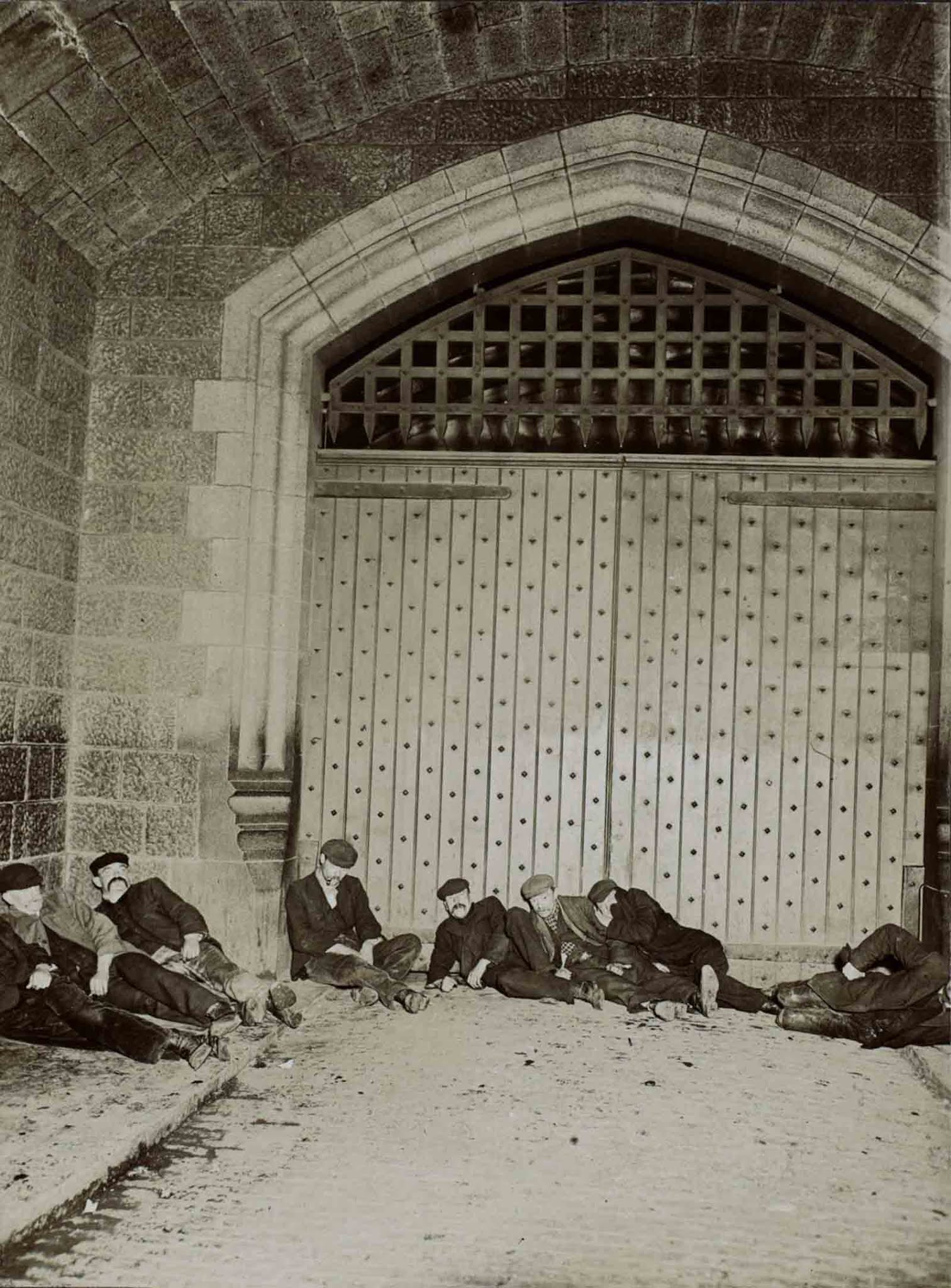
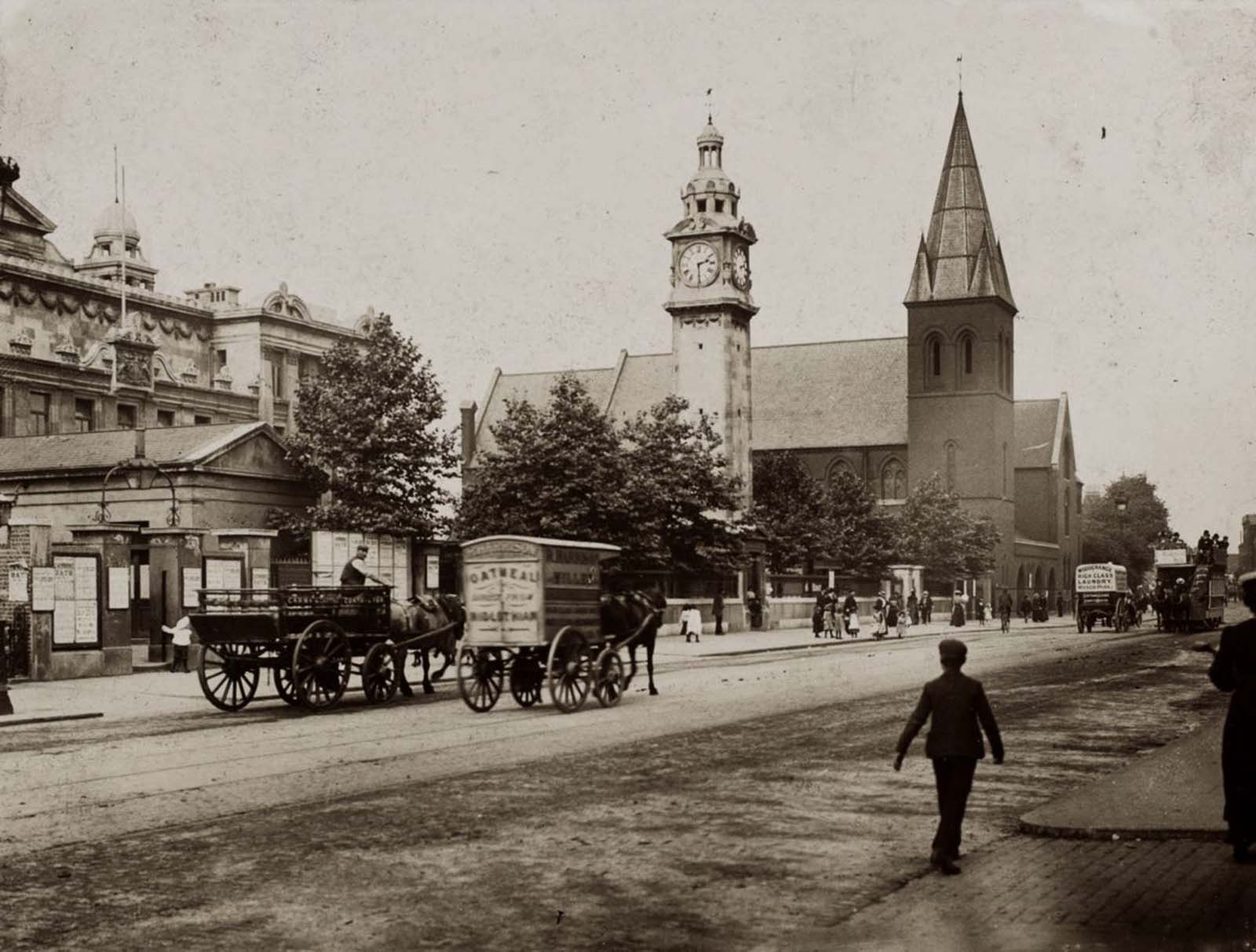

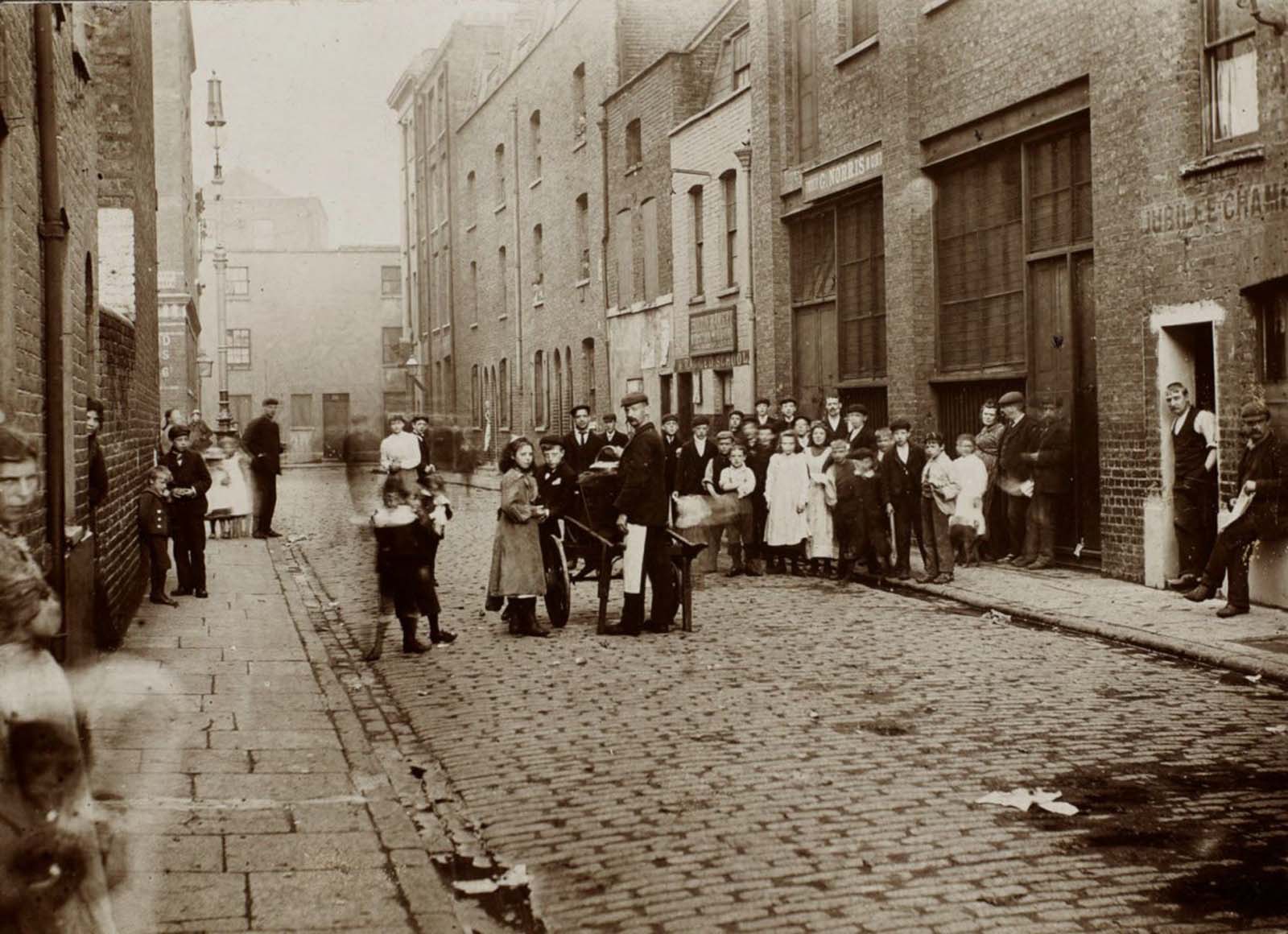
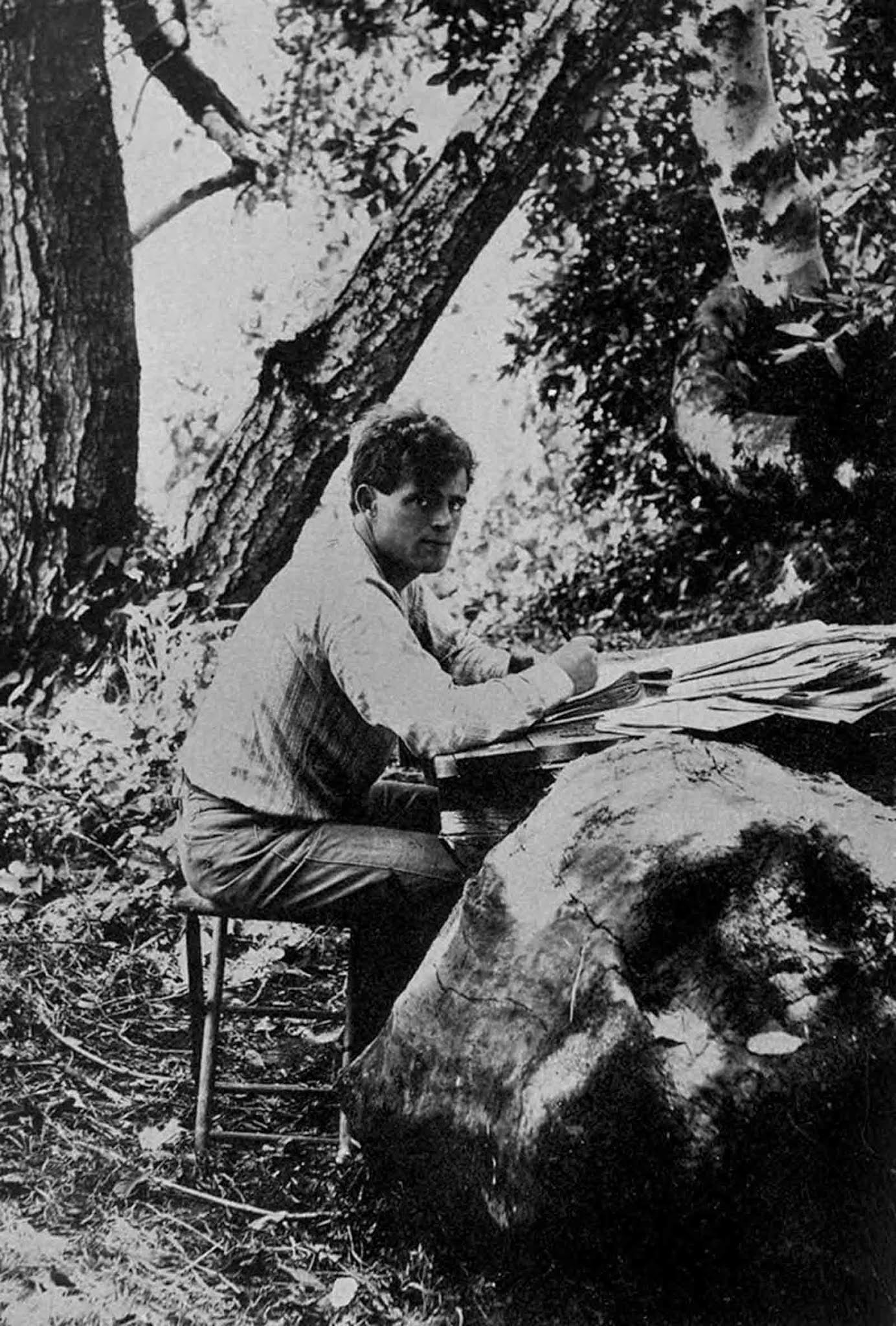
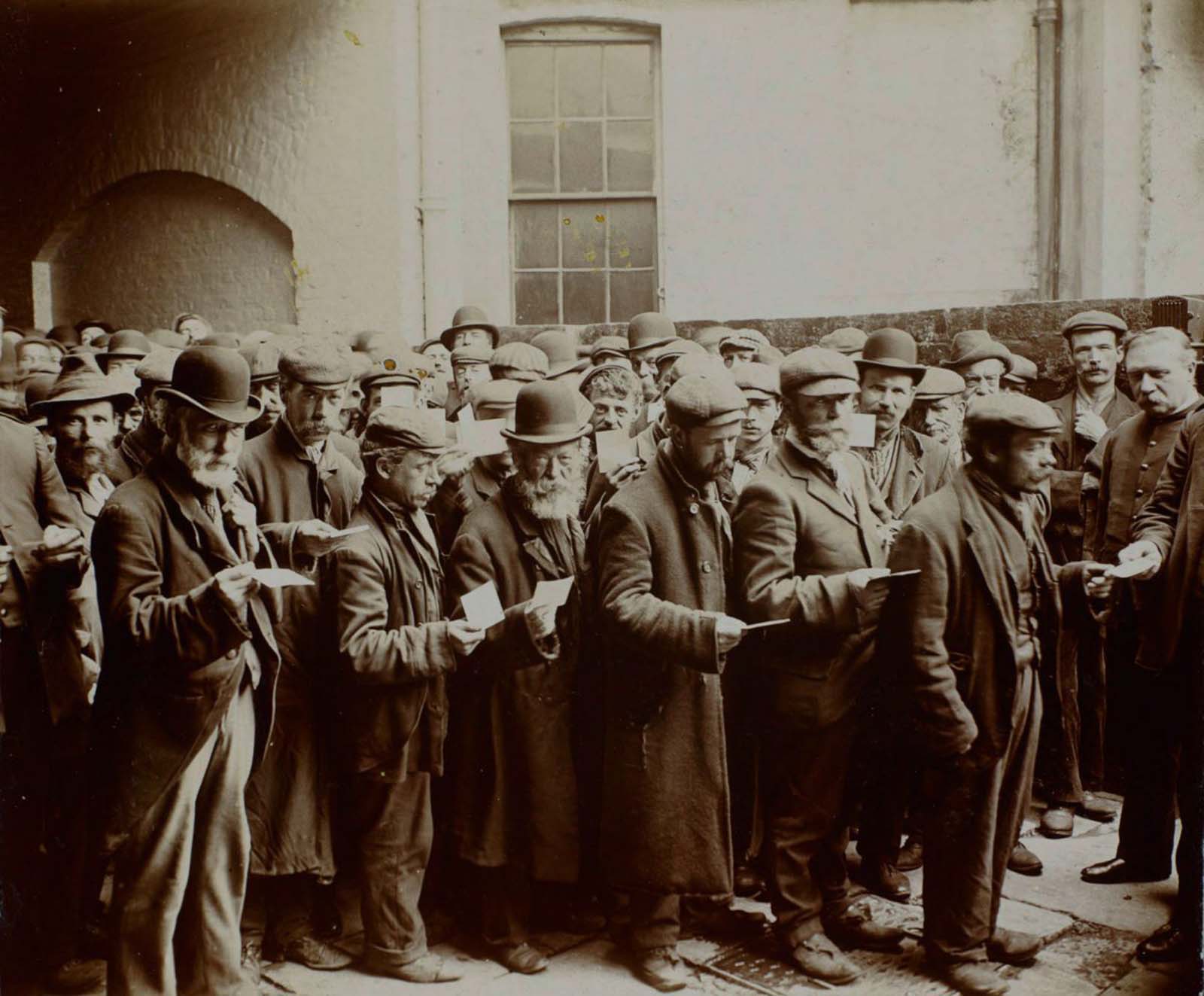
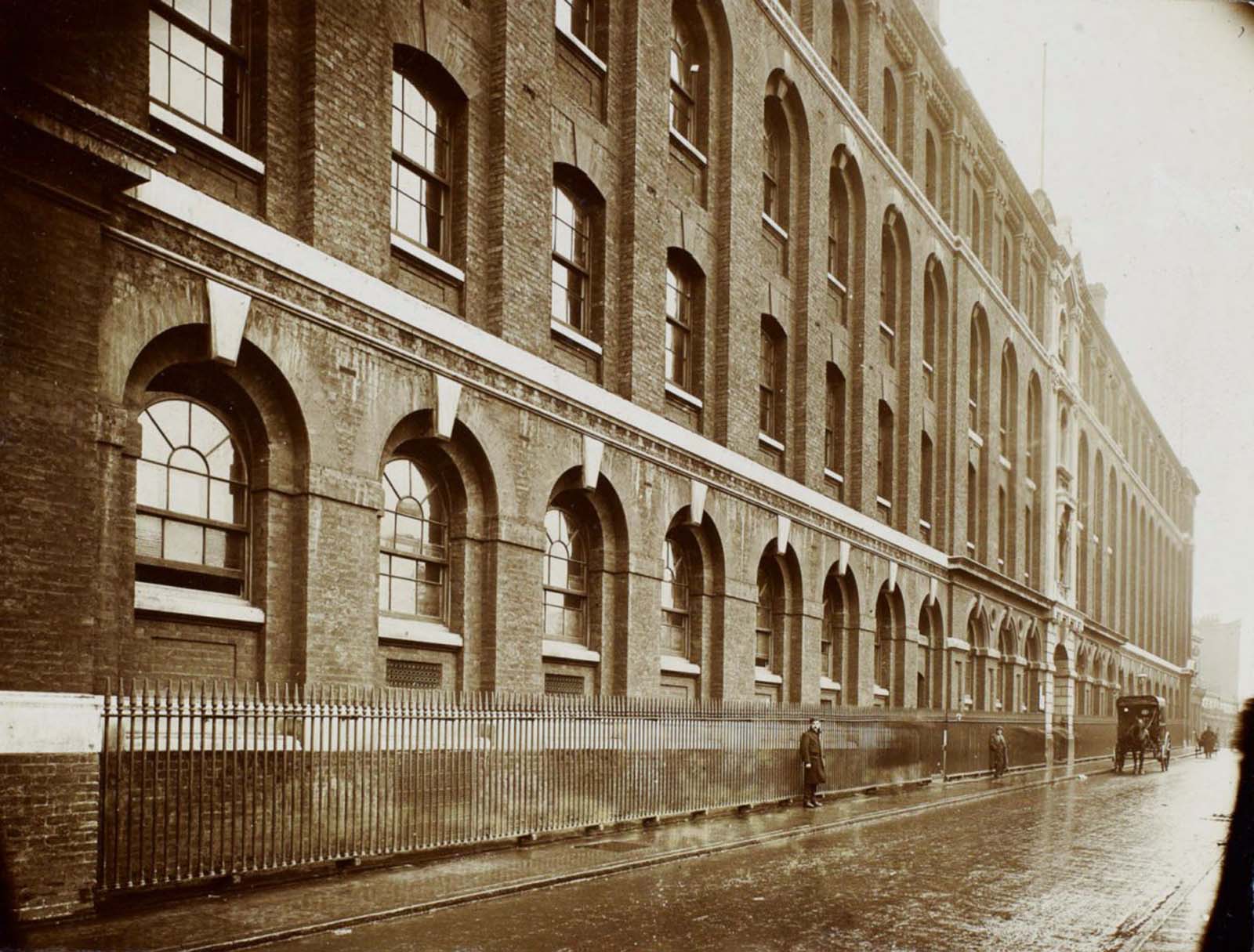
Video
Watch Colorized Footage of Boys from Manchester in 1901 to see a vivid glimpse of life in Manchester over a century ago. A fascinating look at history brought to life!
Conclusion: A Glimpse into a Forgotten Era
Jack London’s photos of London’s East End provide a valuable historical record of a time when poverty was widespread and unchecked. His work as a photographer and social commentator serves as a powerful reminder of the hardships faced by the poor in early 20th century London. Through his lens, we are able to see beyond the statistics and engage with the human stories that were often overlooked. As we reflect on the progress made since London’s time, we must also remember the lessons his work teaches us about the importance of social responsibility and empathy for those who continue to struggle against poverty.
In capturing the lives of the poor in London, Jack London not only documented history but also inspired future generations to fight for justice and equality. His work remains a testament to the power of photography as a tool for social change and a reminder of the enduring struggles for dignity and survival.
